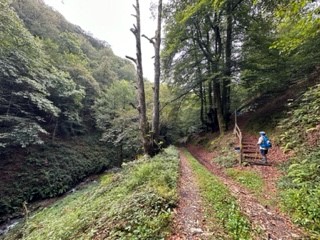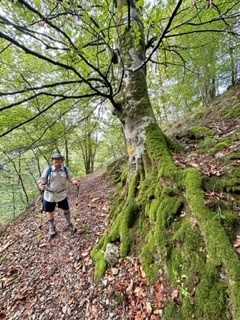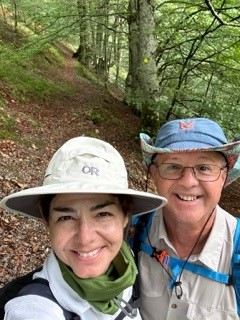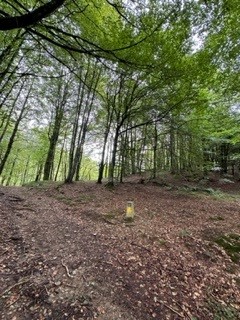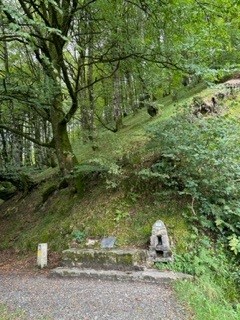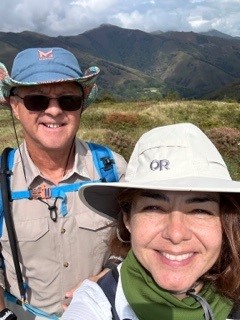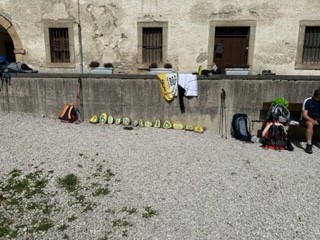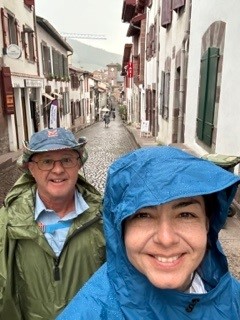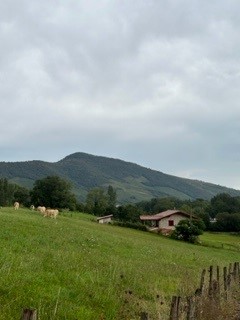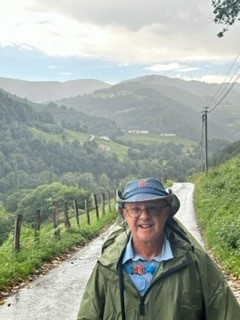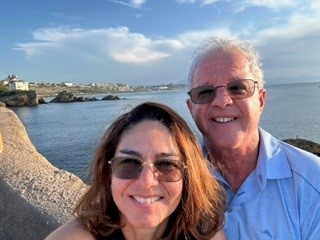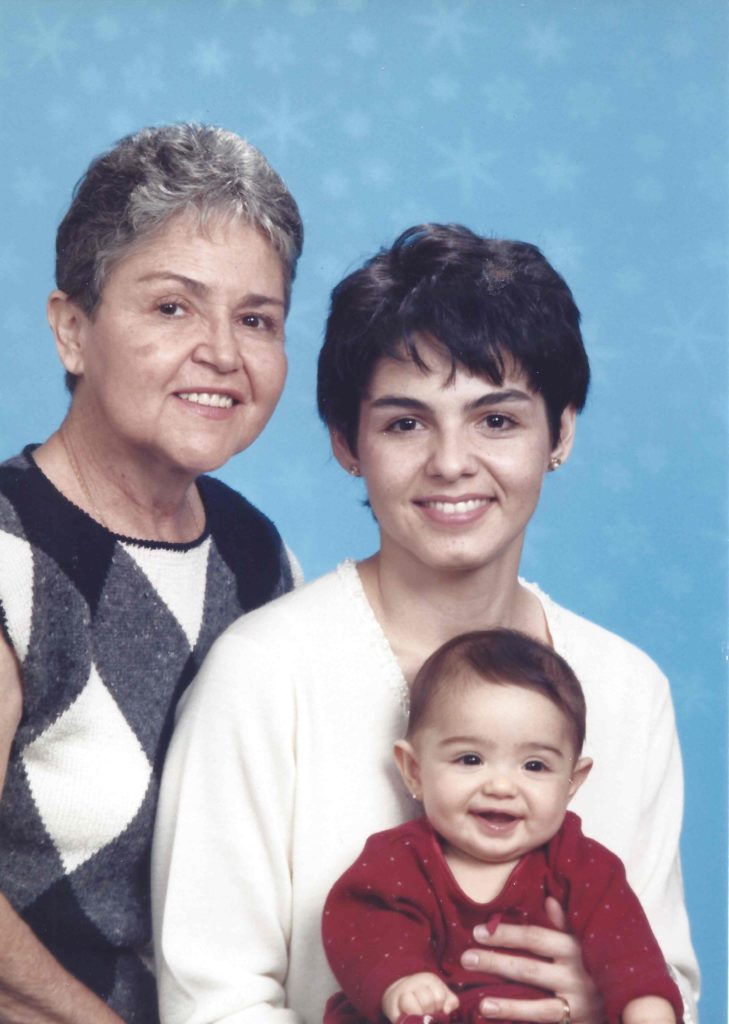My
mom was diagnosed with Alzheimer’s in 2009. Throughout the following year, my
focus remained on being present with her, while staying true to her
aspirations. I researched facilities where her safety would be well-balanced
with her ability to live independently as much as feasible during this next
chapter of her life. By 2011, I had her comfortably set up in an assisted
living facility in South Florida. While I was relieved to have her settled, my
frustration that there were not better alternatives for families in similar situations
was overwhelming. And so, I began a journey that would lead to one of the
largest transitions in my career (and life). I initiated due diligence to
acquire a facility where I could make a significant difference not only to the
residents, but to their families as well. My mission was to create a new model
for the industry—a solution that was not only affordable, but also provided the
highest quality of care.
I
acquired Indian Oaks in Largo, Florida (a suburb in Pinellas County) at the end
of 2012. Over the next several years, through this labor of love, I learned
much about balancing my mission with the challenges of running a profitable business,
sustaining employees in a positive workplace, while exceeding regulatory
compliance expectations. Throughout these years, I was spending a majority of
my time at the facility, and barely seeing my own mom. As is often the case,
this imbalance was the impetus for another transition. I decided to relocate my
mom from her Broward County assisted living facility to Indian Oaks, where she
would be cared for by my own team. Ultimately, this would become the final year
of my mom’s life, and I am eternally grateful for the time with her, as we navigated
her final chapter with love, care, respect, and dignity.
She
died the day after Hurricane Irma blew across the state of Florida, not only wreaking
havoc in a hurricane’s typical flooding, stormy ways, but also spotlighting the
vulnerability of our elder care system. When the extended loss of power at a
nursing home in Hollywood (of all places the city where my mom and I had lived)
had caused the death of 12 elders in their care, it clearly demonstrated the
weaknesses present.
I
was with my mom the two weeks leading up to that fateful day. I weathered the
storm and the aftermath in the facility with her and our team. I believe she understood
what was happening and was determined not to cross the threshold until the
emergency was abated and I would be able to shift my focus from the 75 souls
depending on me back to her. When I told her everything and everyone was ok,
she began to let go and died quietly with me at her side.
Clarity Leads to Additional Transitions
It
was difficult to return to Indian Oaks in the aftermath of her passing—not
seeing her at mealtimes and walking past the empty room that was once her home
was excruciating. This grieving led me slowly and carefully to a year of
reflection, as many transitions do. I knew in my heart that I had made a
difference for each and every one of our residents and their families. I also
knew that the model that I had created was not scalable given the framework of
the elder care system in Florida. As much good as my facility could provide, it
would only ever be able to do so 52 residents and 25 employees at a time. Many
more Floridians need high quality care, at an affordable price point, and in a
workplace that honors the dignity of its residents and employees. Yet, our
system needs solutions that can easily be scaled. Through these realizations, I
began to understand that my original motivation to be a significant part of
those solutions would remain unfulfilled if I remained on my current path.
In
late January of 2019, I became aware of a group that was acquiring assisted
living facilities throughout the state. With a renewed sense of clarity and
purpose, I began to contemplate another transition. I performed extensive
research to evaluate this group’s records of integrity and person-centered care
and was pleased to find that their goal was to maintain a local management team
to ensure that their core values would be honored.
I
began the detailed and lengthy due diligence process shortly thereafter. As
March 2020 unfolded, I continued to communicate with the buyers about our
response to COVID-19. We even collaborated on how we were each managing our
communities in an effort to learn from one another. To their credit, their
commitment to this process never wavered. I believed that this demonstrated
their commitment to the mission that is the essence of this business—placing
care of the residents above all else. Their vision was not hindered by the
prospect of a global pandemic that was taking the lives of the very clients the
business was dependent upon.
My
last working visit to Indian Oaks was in June, when I informed my key managers
and our residents and families of the upcoming transition. It was time to say
my goodbyes. And as with most transitions, it was bittersweet. I was closing the
door on a seven-year chapter where I began and ended each day with a prayer for
my residents who became like family and at the threshold of a new chapter where
it was yet to be revealed how I would redeploy my time and talent. The sale
transaction closed on July 3, 2020.
In the Aftermath of Transitions
While
the essence of a transition is change, which can be uncomfortable to most and agonizing
to others, it also presents a unique opportunity to educate ourselves as we
move on to the next phase of our lives. Some choose to shy away from these
opportunities, others choose to seize them. I chose the latter. I reflected on the
takeaways from my journey at that point and came away with a renewed calling to
act on behalf of the many Floridians who are still navigating this journey.
What
I have found is that while we all have experienced many transitions, our underlying
missions remain steadfast because they are based on our core values. For me, I
truly believe in our obligation to the common good and that a fundamental
element of honoring that obligation is that we must care for those who cared
for us. This is not only a covenant that we must have with each other, it is
also an opportunity to be the beneficiaries of the intergenerational fuel that
can inspire us to bridge the gaps of our troubled world.
The
gap that I continue to choose to bridge is transitioning our state to be a
place where Floridians can thrive regardless of their zip code, color of their
skin, birthplace, gender, or who they love. For our elders and disabled, this
creates an opportunity to innovate for a system that is person-centered, rather
than process driven. What does that mean? For those living on monthly social
security income, they will not to be able to afford the daily costs of living,
in addition to the increasing cost of medical care as they age. And this is not
taking into account assisted living costs when they can no longer live
independently with dignity and safety.
In
order to survive, they will need to rely on processes to access resources that the
state has set aside for those who qualify, including the process to access food
benefits through SNAP, prescription drug programs through Medicaid, and a fixed
stipend toward partial payment of assisted living or skilled nursing care.
These processes are not streamlined for efficiency, much less for effectively
getting the help needed proactively. They are underfunded and fundamentally
fraught with pitfalls when those navigating are unaware and uninformed. Change
is long overdue and needed holistically and on an individual level. I believe
we can empower Floridians to make better choices in their daily living to
support a healthy future, including navigating the health care system.
Professionally,
my mission is to find ways to infuse this empowerment into my various
non-profit commitments and affiliations. I will also continue to advocate for
public policy and resource allocation that honors the dignity of elderly and
disabled Floridians. I have been so impressed with the advocacy at the state
and federal level of the Alzheimer’s Association that I’ve committed this year
to various activities:
- The Longest Day activity to increase awareness
and raise funds for the Alzheimer’s Association
- Advocacy activities with the Alzheimer’s
Association during the annual “Rally to Tally” and “AIM days” with our
congressional leaders in D.C.
Personally,
every interaction I had ever had with one of our residents led to new wisdom,
new perspective (sometimes with a strengthened “patience muscle”), and always,
an acknowledgment and respect for the dignity inherent in each person. I had
the privilege of knowing and caring for several centenarians. Additionally, I
embraced each of my transitions as the learning experience for which it was
intended. Collectively, these experiences have not only guided me in taking my
mission to new levels professionally, but also inspired me to set my own personal
goal—to live to celebrate my 100th birthday, healthy and fully
cognitive, with my great-grandchildren.
Wherever
you may be in your own life’s transitions, I encourage you to honor the elders
in your life. Proactively think about their next steps, both logistically and
in alignment with their vision. If they have made their final transition, carry
the lessons learned with you, so that you may help others on their journeys. In
these ways, it will be more than individual missions, like my own. Rather, it
will be a movement that establishes Florida as a place where, with the support
of their families and caregivers, elders not only live, but thrive.



